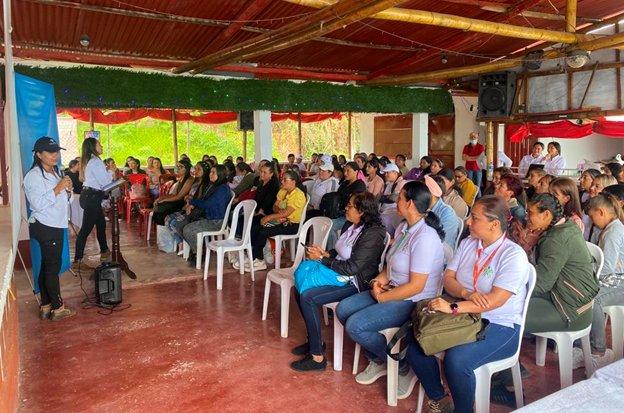Demand for tin is expected to double by 2030. Demand for copper is also likely to increase.
Tin is needed for the production of semiconductors, for example in solar panels or electric cars. In order to even come close to achieving the envisaged CO2 targets, the focus is on wind and sun. This still relatively new way of electrifying the energy supply consumes a lot of metals. The same applies to the electrification of the transportation sector. Metals such as copper, tin, cobalt, lithium and graphite are therefore required to an ever-greater extent. For example, a wind turbine on the high seas contains around 50 tons of copper. If the zero-emissions scenario succeeds, the consumption of green metals is estimated to increase six-fold and for some metals even more. And the supply of these metals often does not look rosy. The large copper mines are getting on in years and are often around a hundred years old, which is not true for the largest copper mine in the world (La Escondida in Chile), but for many others. And the copper content is falling, which leads to higher costs, as rock with a low copper content is also mined.
Tin was probably used for soldering more than 5,000 years ago in Mesopotamia. Tin then became popular in the middle of the 20th century when consumer electronics began their triumphal march. And since it was recognized that lead is toxic, more tin has been used, for example in food packaging. Today, it is primarily the energy transition that will make tin scarce.
Among the rather rare tin projects, the Tin One Resources – https://www.commodity-tv.com/ondemand/companies/profil/tinone-resources-inc/ – projects in Tasmania and New South Wales stand out.
Collective Mining – https://www.commodity-tv.com/ondemand/companies/profil/collective-mining/ – focuses on copper, as well as gold, silver and tungsten. The projects are located in Colombia. The flagship Guayabales project has a high-grade and large-scale copper, silver, gold and tungsten porphyry system.
Current company information and press releases from Collective Mining (- https://www.resource-capital.ch/en/companies/collective-mining-ltd/ -).
In accordance with §34 WpHG I would like to point out that partners, authors and employees may hold shares in the respective companies addressed and thus a possible conflict of interest exists. No guarantee for the translation into English. Only the German version of this news is valid.
Disclaimer: The information provided does not represent any form of recommendation or advice. Express reference is made to the risks in securities trading. No liability can be accepted for any damage arising from the use of this blog. I would like to point out that shares and especially warrant investments are always associated with risk. The total loss of the invested capital cannot be excluded. All information and sources are carefully researched. However, no guarantee is given for the correctness of all contents. Despite the greatest care, I expressly reserve the right to make errors, especially with regard to figures and prices. The information contained herein is taken from sources believed to be reliable, but in no way claims to be accurate or complete. Due to court decisions, the contents of linked external sites are also co-responsible (e.g. Landgericht Hamburg, in the decision of 12.05.1998 – 312 O 85/98), as long as there is no explicit dissociation from them. Despite careful control of the content, I do not assume liability for the content of linked external pages. The respective operators are exclusively responsible for their content. The disclaimer of Swiss Resource Capital AG also applies: https://www.resource-capital.ch/en/disclaimer/
Swiss Resource Capital AG
Poststrasse 1
CH9100 Herisau
Telefon: +41 (71) 354-8501
Telefax: +41 (71) 560-4271
http://www.resource-capital.ch
Telefon: +49 (2983) 974041
E-Mail: info@js-research.de
![]()
